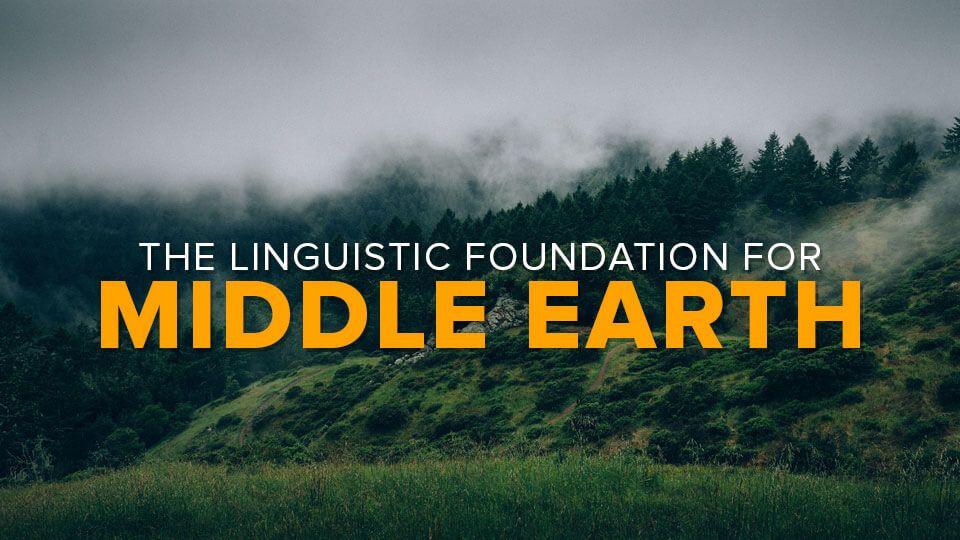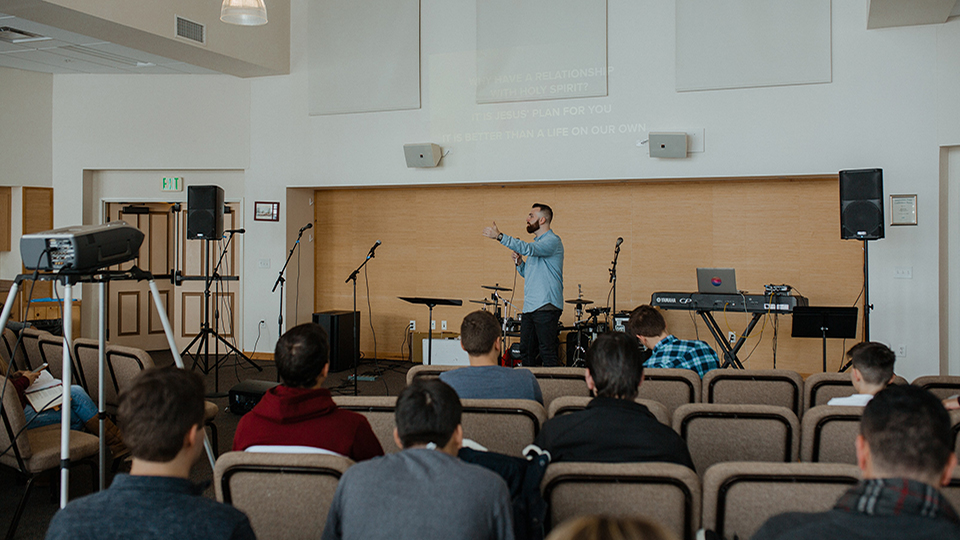
When we enjoy a story, painting, or performance, we experience the full catharsis of the work. We can even evaluate the precision of its parts and judge its merit in comparison to similar works of art. However, to truly appreciate any masterpiece, we must go beyond the level of spectator, seeking the how, why, where, and who underneath that particular work.
Consider, for example, the “extras” on any DVD version of a movie. Many of us will enjoy the movie in theaters, but then spend multiple extra hours watching gag reels, “behind the scenes” featurettes, or interactive explorations of sets and backstories. Though each of us may have truly loved the feature film on its own, our appreciation increases with the extra knowledge of the film’s foundation. Inside jokes are understood, “Easter eggs” are caught, and special knowledge is shared.
The same is true for the world of Middle-Earth. J.R.R. Tolkien didn’t just set out to write a great story or two. He constructed a whole world with peoples, cultures, myths, histories, and, yes, languages. An example of this is captured in the following map combining Middle-Earth and Beleriand.

This largely unknown portion of Middle-Earth (Beleriand) no longer exists during the time of Frodo and his contemporaries, but sets the stage for things like the initial hatred between Legolas and Gimli, the significance of Aragorn’s ring, the power of the Palantir (Saruman’s seeing stone), and the reason for the elves’ migration to the Grey Havens. Any movie watcher can see the emotion in these scenes; however, he or she won’t quite catch the full significance of these things without an understanding of the background and foundation of the stories.
More than just a storyteller, J.R.R. Tolkien was a linguistic genius. He learned Latin, French, and German by twelve years old, and in school, he went on to learn Middle English, Old English, Finnish, Gothic, Greek, Italian, Old Norse, Spanish, Welsh, and Medieval Welsh. He also had a working knowledge (understanding the grammatical and writing systems) of Danish, Dutch, Lombardic, Norwegian, Russian, Serbian, Swedish, and ancestral forms of Germanic and Slavonic languages. Even as a boy, Tolkien went beyond real world (natural) languages, constructing the fake languages Nevbosh and Naffarin.
This fascination with language continued into his adult life. He became a philologist by profession. Philology is a field of linguistics that focuses on how languages and words develop over time. This means that Tolkien studied old documents in dead languages to see how those languages turned into modern languages. This specialty of seeing how languages could turn into language families played directly into his creation of Middle-Earth. The true foundation of all the Middle-Earth legendarium (the collection of all Tolkien’s writings on Middle-Earth) is language.
As Tolkien himself said:
The invention of languages is the foundation. The ‘stories’ were made rather to provide a world for the languages than the reverse. [. . .] It is to me, anyway, largely an essay in ‘linguistic aesthetic’, as I sometimes say to people who ask me ‘what is it all about’ (Carpenter 219-220).
The stories were intended to provide cultures and history for the languages he was creating, so “Really the languages came first and the country after” (qtd in Allen vii). In another of his letters, he stated:
Nobody believes me when I say that my long book (LOTR) is an attempt to create a world in which a form of language agreeable to my personal aesthetic might seem real, […] it was an effort to create a situation in which a common greeting would be elen sila lumenn omentielmo (Carpenter 264-265).
From these statements, one can see that Tolkien was first a linguist and only subsequently a novelist. As he stated, The Lord of the Rings is “fundamentally linguistic in inspiration” (Carpenter 219). Thus, to fully grasp the tightly-packed details within the Middle-Earth books and movies, it is vital to look at the languages Tolkien created for them and how he reflected the real world into them.
Want more ThoughtHub content? Join the 3000+ people who receive our newsletter.
What are your thoughts on this? Are you a nerd who enjoys learning all you can about Middle Earth? Let us know your thoughts by commenting below.



